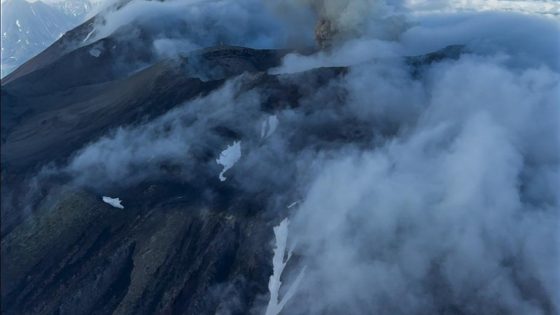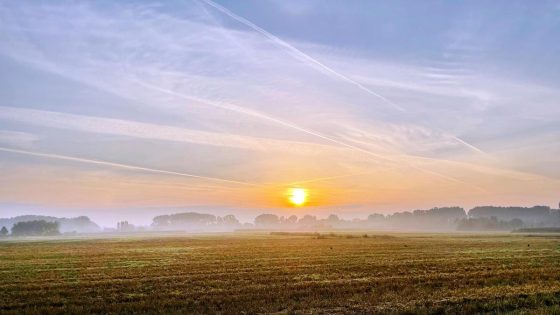A volcano on Russia’s Kamchatka Peninsula erupted for the first time in hundreds of years, coinciding with a massive 8.8-magnitude earthquake on August 3, 2025. The Krasheninnikov volcano released ash up to 6 kilometers (3.7 miles) into the sky, prompting immediate attention from scientists and emergency services.
- Krasheninnikov volcano erupted for first time in 600 years.
- Ash plume reached 6 kilometers high.
- No populated areas affected by ashfall.
- Eruption followed a 7.0-magnitude earthquake.
- Tsunami warning issued, later lifted.
- Discrepancy in eruption history noted.
The eruption, which occurred shortly after the earthquake, led to a temporary tsunami warning for three areas in Kamchatka. Fortunately, the warning was lifted, and no populated areas were affected by ashfall. This unprecedented volcanic activity has raised questions about the geological stability in the region.
This eruption marks a significant geological event, but what does it mean for the future of volcanic activity in the region? Experts are closely monitoring the situation as the Kamchatka Volcanic Eruption Response Team noted that “moderate explosive activity” could continue. Key points include:
- The volcano’s last eruption was historically recorded as 600 years ago.
- Conflicting reports exist regarding the last eruption date, with some citing 1550.
- The region is under close observation for potential future eruptions.
As scientists continue to monitor the situation, it’s crucial for residents in coastal areas to stay informed about volcanic and seismic activities that could impact their safety.

































